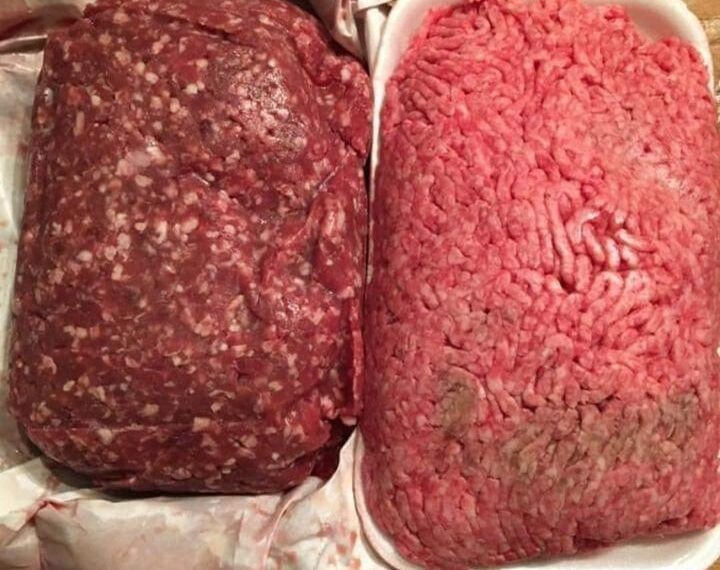When you walk into a grocery store to pick up beef, you may notice that the meat on display looks slightly different from what you’ve seen at a farmer’s market or a local farm. But what’s the real difference between store-bought beef and farm-raised beef? And why should you care about these distinctions? While the visible differences are often clear, there’s more to it than just appearance — from taste and texture to health and environmental impact, the differences between store beef and farm beef are significant.
Let’s break down what separates the two and why knowing where your beef comes from can make all the difference in your kitchen, your health, and even the planet.
1. Appearance: What You See Matters
The most obvious difference between store beef and farm-raised beef is how they look. Typically:
- Store-bought beef tends to have a more uniform color, often a bright red hue, which is achieved through processing and preservation methods such as the use of gases to maintain color or vacuum sealing to extend shelf life.
- Farm-raised beef (often labeled as grass-fed or pasture-raised) usually has a darker color, with a more variegated appearance. The fat may appear to be less white and more yellowish, which is due to the beta-carotene in the grass the cattle consume. This more natural coloring is a sign of how the cows were raised and what they ate.
While these visual differences may seem small, they reflect a variety of factors, including the cattle’s diet, the way they were raised, and how the beef was processed.
2. Diet: Grass-fed vs. Grain-fed
- Store Beef (Grain-Fed): The beef you find in most grocery stores typically comes from cattle that have been grain-fed in confined feedlots. This grain-based diet is designed to fatten the cows quickly and efficiently, but it often lacks the nutritional benefits found in grass-fed beef. The grain diet is high in corn and soy, which is far from the natural diet of cows, and can result in healthier-looking meat but less nutrient-rich beef.
- Farm Beef (Grass-Fed/Grass-Finished): Beef that comes from pasture-raised or grass-fed cows is produced from cattle that spend most of their lives grazing on grass and herbs. This results in meat that’s leaner, darker, and packed with more omega-3 fatty acids, vitamins, and antioxidants. It’s also lower in unhealthy fats and tends to have a more distinct, richer flavor.
In addition to being more nutritious, grass-fed beef is often seen as a more humane and sustainable choice because the cattle are raised in more natural conditions, with access to open pasture and fresh air.
3. Fat Content: Fat is Flavor
When it comes to beef, fat is not just about taste; it also impacts the meat’s texture and tenderness.
- Store Beef (Grain-fed): Grain-fed beef generally has more marbling, meaning the fat is distributed throughout the muscle tissue. This creates a more tender, juicy cut that many people are accustomed to. The fat in grain-fed beef tends to be more white and is generally higher in saturated fats.
- Farm Beef (Grass-fed): Grass-fed beef tends to have less marbling, meaning it’s leaner and contains less fat overall. The fat that is present is typically yellowish in color, rich in beneficial omega-3s and conjugated linoleic acid (CLA), which have been shown to offer numerous health benefits. The meat from grass-fed cows tends to be firmer and can sometimes be a bit chewier due to the lower fat content, but it offers a cleaner, more intense flavor that many people prefer.
4. Flavor Profile: Taste is King
Many people argue that the flavor of farm-raised beef is more complex and earthy, thanks to the cow’s diet of fresh pasture and its natural environment. Grass-fed beef also has a more robust, slightly tangy taste, often described as “beefier”.
On the other hand, store-bought beef, raised primarily on grain, tends to have a milder, sweeter, and less pronounced beef flavor. This is due to the diet and processing methods that grain-fed cattle undergo, as well as the fact that much of this beef is designed to appeal to a wide range of palates.
continue reading in page 2




